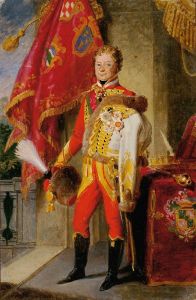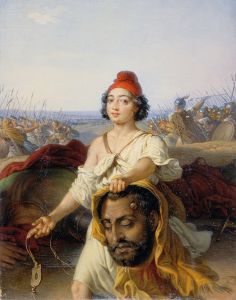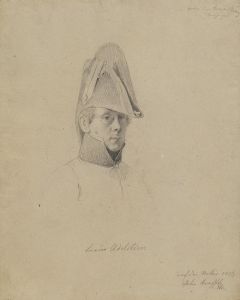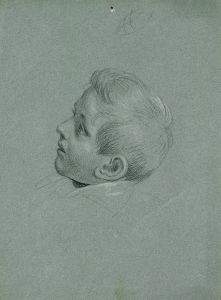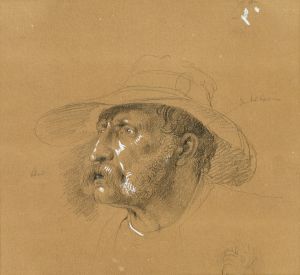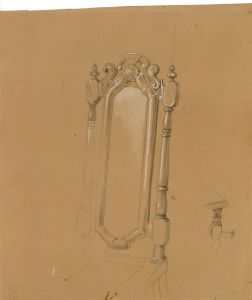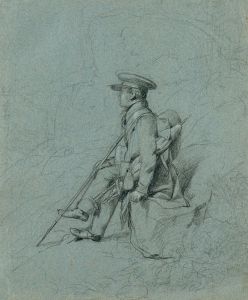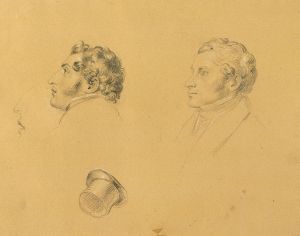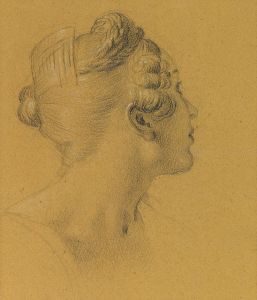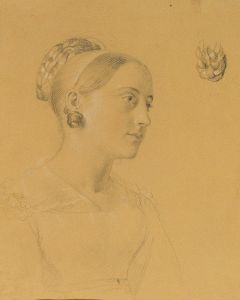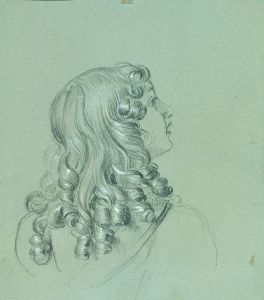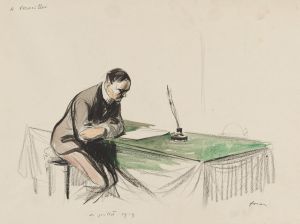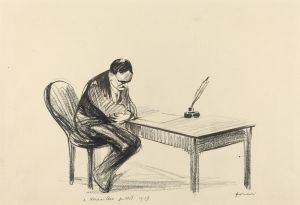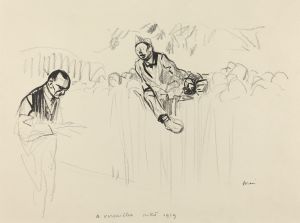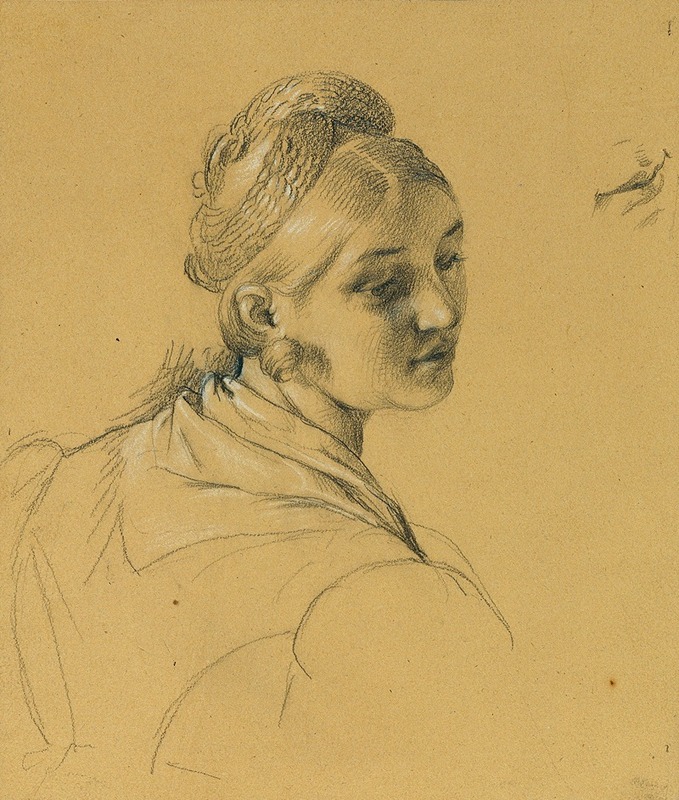
Weibliche Studie zum ‘Einzug nach dem Pariser Frieden’
A hand-painted replica of Johann Peter Krafft’s masterpiece Weibliche Studie zum ‘Einzug nach dem Pariser Frieden’, meticulously crafted by professional artists to capture the true essence of the original. Each piece is created with museum-quality canvas and rare mineral pigments, carefully painted by experienced artists with delicate brushstrokes and rich, layered colors to perfectly recreate the texture of the original artwork. Unlike machine-printed reproductions, this hand-painted version brings the painting to life, infused with the artist’s emotions and skill in every stroke. Whether for personal collection or home decoration, it instantly elevates the artistic atmosphere of any space.
Johann Peter Krafft was an Austrian painter known for his historical and genre scenes, and he played a significant role in the development of 19th-century Austrian art. One of his notable works is "Weibliche Studie zum ‘Einzug nach dem Pariser Frieden’," which translates to "Female Study for ‘The Entry after the Peace of Paris’." This painting is a preparatory study for a larger work that commemorates a significant historical event.
Krafft's "Einzug nach dem Pariser Frieden" was created to celebrate the return of Austrian troops after the signing of the Treaty of Paris in 1814, which marked the end of the Napoleonic Wars. The treaty restored peace in Europe and reinstated the Bourbon monarchy in France. Krafft's larger work aimed to capture the triumphant and celebratory mood of the time, reflecting the relief and joy that came with the end of a prolonged period of conflict.
The "Weibliche Studie" serves as a preparatory piece, focusing on the depiction of female figures that would be included in the final composition. Such studies were common practice among artists of the time, allowing them to experiment with poses, expressions, and compositions before committing to the final work. This particular study likely helped Krafft refine the details of the female figures who would be part of the larger scene, ensuring they conveyed the appropriate emotions and contributed to the overall narrative of celebration and peace.
Krafft's attention to detail and his ability to capture human emotion are evident in this study. His work often featured a blend of realism and idealism, a characteristic of the Biedermeier period in which he worked. The Biedermeier era, spanning from 1815 to 1848, was marked by a focus on the domestic and the personal, often reflecting the political stability and growing middle-class prosperity following the Napoleonic Wars. Krafft's studies and final works from this period reflect these themes, emphasizing clarity, order, and a sense of calm.
The "Weibliche Studie" is an example of Krafft's skill in drawing and composition. His studies were not merely technical exercises but were imbued with a sense of life and character, capturing the subtleties of human expression and form. This particular study would have been crucial in ensuring that the final painting conveyed the intended message of peace and celebration effectively.
Krafft's work, including the "Weibliche Studie," is part of the broader context of 19th-century European art, which saw a shift towards more personal and intimate subjects following the upheavals of the late 18th and early 19th centuries. His paintings are held in high regard for their historical significance and artistic merit, contributing to our understanding of the cultural and political climate of the time.
In summary, Johann Peter Krafft's "Weibliche Studie zum ‘Einzug nach dem Pariser Frieden’" is a preparatory work that highlights his meticulous approach to composition and his ability to convey emotion through art. It serves as a testament to his role in capturing the spirit of an era marked by the transition from war to peace and the celebration of newfound stability in Europe.





